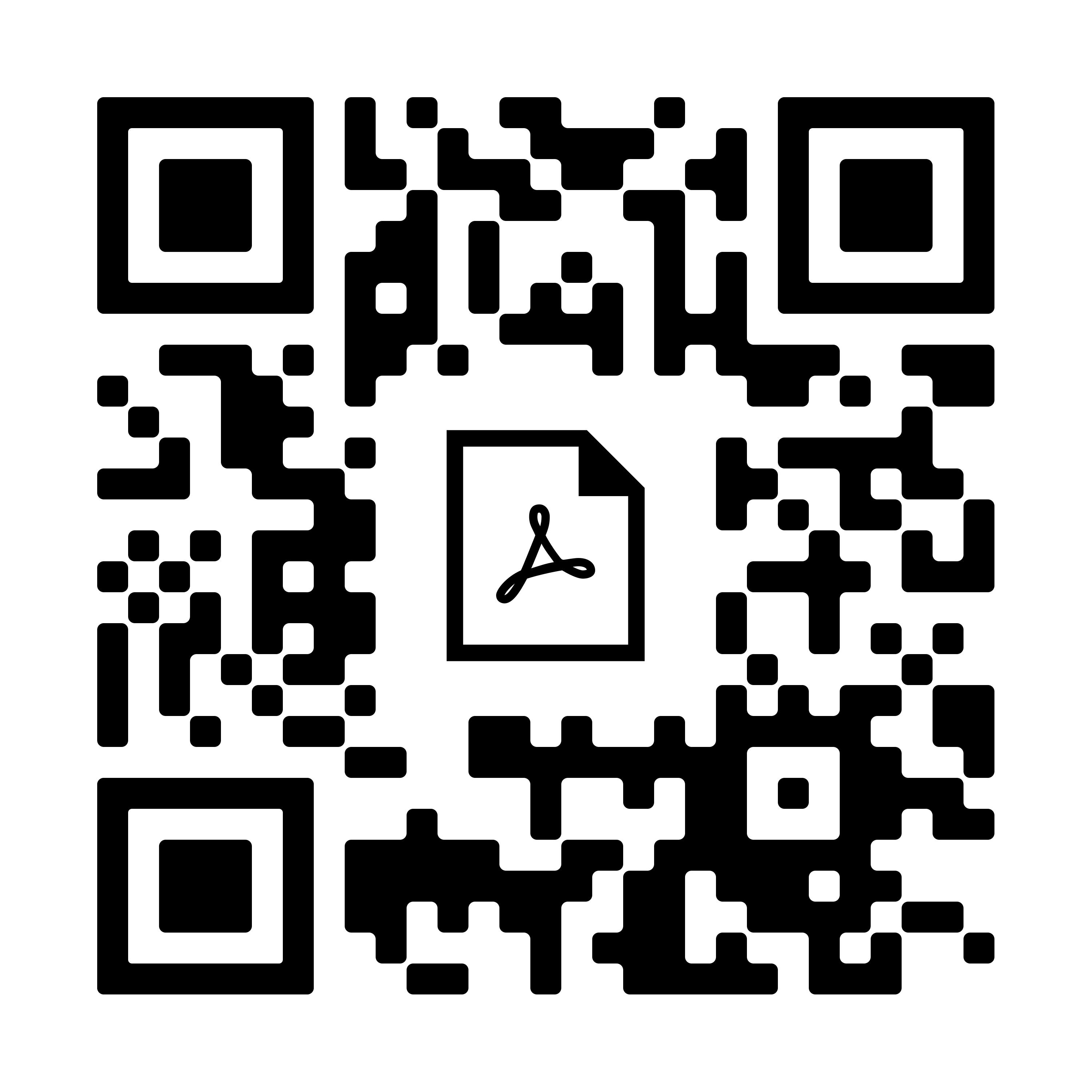Science in the City: A Quarterly Calendar of Events
All events are located in Baltimore City. Events are free of charge unless otherwise noted.
* we now have a google calendar! subscribe here*
↺ = recurring event, check location website for the most up to date schedule
✎= Registration required.
Kids & Families:
NEC Drop-in Activity: Companion Plants (ages 5+)
Saturday, Apr 06, 11:00 AM-12:00 PM
Cylburn Arboretum, 4915 Greenspring Ave
Tree Time: Frogs! (kids ages 2-5)✎
Wednesday, Apr 10, 10:00 AM-11:00 AM
Cylburn Arboretum, 4915 Greenspring Ave
Suggested donation $5; (“member registration” to register free).
Family STEM Night
Friday, Apr 12, 6:00 PM-7:30 PM
Farring Baybrook Recreation Center, 4501 Farring Court Road
Earth Day Celebration✎
Saturday, Apr 20, 10:00 AM-2:00 PM
Carrie Murray Nature Center, 1901 Ridgetop Road*
Chemistry in the Library: Get a Charge Out of Chemistry!✎
Saturday, Apr 20, 2:00 PM-3:00 PM
Pratt Library Govans Branch, 5714 Bellona Avenue, Baltimore, MD 21212
To register, call the Govans Branch library at (410) 396-6098.
Earth Day: Herb Planters
Monday, Apr 22, 3:30 PM-4:30 PM
Pratt Library Southeast Anchor, Meyerberg 3601 Eastern Avenue Baltimore, MD 21224
Earth Day Experiments & Oobleck
Monday, Apr 22, 3:00 PM-4:00 PM
Pratt Library Edmondson Avenue Branch, 4330 Edmondson Avenue, Baltimore, MD 21229
Wildlife in Our World: Urban Oasis Edition
Thursday, Apr 25, 10:30 AM
Pratt Library Hamilton Branch, 5910 Harford Road, Baltimore, MD 21214
City Nature Challenge - Bioblitz 2024✎
Saturday, Apr 27, 10:00 AM-2:30 PM
Carrie Murray Nature Center, 1901 Ridgetop Road*
Kitchen Science
Tuesday, May 07, 3:00 PM
Pratt Library Light Street Branch 1251 Light Street, Baltimore, MD 21230
Tree Time: Birds✎
Wednesday, May 08, 10:00 AM-11:00 AM
Cylburn Arboretum, 4915 Greenspring Ave
Suggested donation $5; (“member registration” to register free).
Sensory Science Lab
Wednesday, May 15, 11:00 AM
Enoch Pratt Central Library, 400 Cathedral Street, Baltimore, MD 21201
Children ages 4 to 8 with an adult. registration recommended. Call the Children’s Department at (410) 396-5402 to register
Family Nature Walk: Cicada Safari↺ ✎
Saturday, May 18, 10:00 AM-2:00 PM
Carrie Murray Nature Center, 1901 Ridgetop Road*
Monthly - every third Saturday. $2. Come prepared for a mild hike (close toed shoes)
4


Martin Yepes Trujillo, a PhD student in John’s Hopkins School of Medicine’s Program in Molecular Biophysics, creates art by photographing everyday substances through the lens of a powerful light microscope. He is currently looking for creative partners to make more microscopy art. If you have an idea for an interesting sample or want to help by writing descriptions of the images, reach out via Instagram @el_goob, or by emailing myepestrujillo@gmail.com
Calendar of Events: Continued
Animal Enrichment: How to Train your Turtle✎
Saturday, Jun 01, 10:30 AM-11:00 AM
Carrie Murray Nature Center, 1901 Ridgetop Road*
Wear hike appropriate (closed toe) shoes.

 Above: Vitamin C crystals, imaged by Martin Yepes Trujillo at 100x magnification. The colors come from using a technique called cross polarization
Above: Vitamin C crystals, imaged by Martin Yepes Trujillo at 100x magnification. The colors come from using a technique called cross polarization
5
Tree ID Walk✎
Sunday, Jun 09, 10:00 AM-12:00 PM
Carrie Murray Nature Center, 1901 Ridgetop Road*
$4. Dress for a moderate hike, bring water
Animal Enrcihment: De-Hissstifying the Snake✎
Sunday, Jun 09, 11:00 AM-11:30 AM
Carrie Murray Nature Center, 1901 Ridgetop Road*
Family Nature Walk↺ ✎
Saturday, Jun 15, 1:00 PM-3:00 PM
Carrie Murray Nature Center, 1901 Ridgetop Road*
Monthly - Every third Saturday. $2. Come prepared to hike over uneven terrain
Nature/Volunteering:
Tree Planting with Blue Water Baltimore↺
Tuesdays & Thursdays / Wednesdays on alternating weeks, 11 AM - 2 PM
Locations Vary. Visit bluewaterbaltimore.org/baltimore-events for more info and to register
Bird Banding↺
Friday, Apr 05, 9:00 AM-10:30 AM (every Friday and Saturday through June 8)
Masonville Cove , 1000 Frankfurst Ave
Spring Bird Walk✎
Friday, Apr 05, 5:00 PM-6:30 PM
Masonville Cove , 1000 Frankfurst Ave
Guided Nature Walk at Masonville Cove
Saturday, Apr 06, 10:00 AM-11:30 AM
Masonville Cove , 1000 Frankfurst Ave
Nature Journaling✎
Saturday, Apr 06, 10:00 AM-12:00 PM
Carrie Murray Nature Center, 1901 Ridgetop Road*
$4 per person. Outdoor event - feel free to bring a blanket!
Community Shoreline Cleanup✎
Saturday, Apr 13, 1:30 PM-2:30 PM
Masonville Cove , 1000 Frankfurst Ave
Kids under 18 are welcome with an accompanying adult
Wednesday Walk: Backyard Bug “Safari” with Dr. Michael Raupp✎
Wednesday, Apr 17, 12:00 PM-1:00 PM
Cylburn Arboretum, 4915 Greenspring Ave
Suggested donation $5; (“member registration” to register free).
Water Quality Science: Journey North/ A Citizen Science Opportunity✎
Saturday, Apr 27, 12:30 PM-2:00 PM
Masonville Cove , 1000 Frankfurst Ave
Weed Warriors Training✎
Wednesday, May 01, 6:00 PM-8:30 PM // Saturday, May 11, 9:30 AM-12:00 PM
Wednesday, May 15, 7:00 PM-8:30 PM // Saturday, Jun 01, 9:30 AM-12:00 PM
First & third session online, second & fourth location TBA. register on the parks dept. website
Attend all four trainings to be certified to fight invasive species with the parks dept.
Nature Art Journaling✎
Saturday, Jun 01, 10:00 AM-12:00 PM
Carrie Murray Nature Center, 1901 Ridgetop Road*
4$. Open to ages 7+. Outdoors. Extra art supplies will be on hand.
Workshops/Activities
6
Maryland Space Grant Observatory Open House
Friday evenings, Weather permitting - check bit.ly/ObservatoryOpen after 4 PM each Friday
Johns Hopkins Homewood Campus, Physics & Astronomy- directions at Lab Skills Nights! - Purifying RNA
Wednesday, Apr 03, 19:00 PM-19:00 PM
BUGGS; 101 North Haven Street Suite #105
Registration required. $30
Gardening for Birds and Baltimore workshop
Wednesday, Apr 10, 18:00 PM-18:00 PM
Pratt Library Govans Branch, 5714 Bellona Avenue and online.
Theater of Thought– Exclusive Screening and Neuroethics Discussion
Monday, Apr 15, 18:00 PM-18:00 PM
Charles Theatre, 1711 N Charles St
Nature Trivia Night↺ ✎
Thursday, Apr 25, 6:00 PM-8:00 PM
Carrie Murray Nature Center, 1901 Ridgetop Road*
Monthly - every last Thursday. $2
Flying by Pluto, Astro-Animation Workshop
Tuesday, May 07, 6:00 PM-7:30 PM
Enoch Pratt Central Library, Central Hall 400 Cathedral Street, Baltimore, MD 21201
Baltimore Underground Science Space Open House
Saturday, May 18, 10:00 AM-2:00 PM
BUGGS; 101 North Haven Street Suite #105
Nature Trivia Night↺ ✎
Thursday, May 30, 6:00 PM-8:00 PM
Carrie Murray Nature Center, 1901 Ridgetop Road*
Monthly - every last Thursday. $2
Nature Trivia Night↺ ✎
Thursday, Jun 27, 6:00 PM-8:00 PM
Carrie Murray Nature Center, 1901 Ridgetop Road*
Monthly - every last Thursday. $2
Talks/Lectures:
Perspectives on Healthcare & Science: Hospital City, Health Care Nation wi/ Dr. Guian McKee
Tuesday, Apr 09, 6:00 PM-7:30 PM
Bird in Hand Coffe & Books , 11 East 33d Street
Vital Perspectives on Healthcare & Science: Queer Newark with Whitney Strub
Wednesday, Apr 17, 6:00 PM-7:30 PM
Bird in Hand Coffe & Books , 11 East 33d Street
Navigating the Polycrisis: Mapping the Futures of Capitalism and the Earth
Wednesday, Apr 24, 7:00 PM
Red Emma's, 3218 Greenmont Ave
BUGSS Internship presentations
Saturday, Apr 27, 2:00 PM-3:00 PM
BUGGS; 101 North Haven Street Suite #105 and online - register on eventbrite for zoom link
Your Brain on Art: How the Arts Transform Us, wi/ Susan Magsamen
Tuesday, May 07, 12:00 PM-1:00 PM
Johns Hopkins Asthma & Allergy Center, 5501 Hopkins Bayview Circle and online at /bit.ly/JHBrainOnArt
*call the Carrie Murray Nature Center at (410) 396-0808 for more info & help registering
7
1. https://www.apa.org/news/press/releases/stress/2023/collective-trauma-recovery.
2. Lundberg, U. (2005). Psychoneuroendocrinology. DOI: 10.1016/ j.psyneuen.2005.03.014. 3. Montgomery, K. R. et al. (2024) Neuropsychopharmacology. DOI: 10.1038/s41386-023-01739-5 4. Verma, R., Balhara, Y.P. S. & Gupta, C. S. (2011). Ind. Psychiatry J. DOI: 10.4103/0972-6748.98407 5. Li, X., Zhou, W. &Yi, Z. (2022) Gen. Psychiatry. DOI: 10.1136/gpsych-2022-100823
6.Wahbeh, M. H. & Avramopoulos, D. (2021) Genes. DOI: 10.3390/genes12121850
7. Tolin, D. F. & Foa, E. B. (2006)Psychol. Bull. DOI: 10.1037/0033-2909.132.6.959
8. Kudielka, B. M. &Kirschbaum. (2005) Biol.Psychol. DOI: 10.1016/ j.biopsycho.2004.11.009 9. Roelfsema, F. et al. (1993) J. Clin. Endocrinol. Metab. DOI: 10.1210/jcem.77.1.8392084 10. Segerstrom, S. C. & Miller, G. E. (2004) Psychol. Bull. DOI: 10.1037/0033-2909.130.4.601 11. Yehuda, R. (2002) Psychiatr. Clin. North Am. DOI: 10.1016/s0193-953x(02)00002-312. Carpenter, L. L. et al. (2007). Biol. Psychiatry. DOI: 10.1016/j.biopsych.2007.05.002
In our last issue, we asked for your help identifying the tissue samples on an unlabeled slide found by Nico Yehya & imaged by Martin Yepes Trujillo. We got some answers from all the way across the globe - Dr. Jamie Chapman, a lecturer at the university of Tasmania, reached out via Twitter & told us that it is likely a sample taken from the uterus. He identified the different kinds of cells that are visible in the images, as you can see below (RBCs = Red blood cells. Adipose= Fat. Arterioles = the smallest blood vessels carrying oxygenated blood from the heart to the rest of the body, Serosa = membrane layer lining body cavities - cells in this layer secrete fluid to keep organs lubricated. Adventitia = connective layer surrounding an organ)
We also got some more creative (some might say silly) suggestions over on instagramfavorites included salami (Alexander Harrell) and “Alien tissue samples from Area 51” (Carmen Atkins).




Science Update: A Potential Sex difference in Stress Response - References:
8
Front Cover :
This image is provided by Michael Wilkinson, a PhD student in Johns Hopkins Whiting School of Engineering’s Department of Mechanical Engineering, and sourced from the Comparative Neural Systems and Behavior Lab (aka Bat Lab) at Johns Hopkins. The image depicts a big brown bat using echolocation calls to track meal worms on a moving tether.
These bats are excellent hunters and use their high frequency echolocations, which are well above the human range of hearing (we hear from about 20 Hz to 20 kHz), to precisely locate moving insects in the wild. By making sounds and then listening to how they bounce back to them, the bats can navigate and find food in complete darkness. The chart below the bat shows the frequencies contained in each echolocation call (red vertical lines) which range from 20 kHz to 120 kHz.
Michael’s goal is to understand the way bats control their echolocations while they track insects, and how this control allows the bat to accurately know the location of their future dinners. He applies methods from engineering and control theory to model the connection between echolocation changes and target motion. Michael hopes these models can be used in future to inform the creation of better acoustic-based tracking systems and robotics.
9








@PBSciComm pbscicomm@gmail.com

 CHARM CITY SCIENCE #3. a zine by Project Bridge SciComm Spring
CHARM CITY SCIENCE #3. a zine by Project Bridge SciComm Spring






 Above: Vitamin C crystals, imaged by Martin Yepes Trujillo at 100x magnification. The colors come from using a technique called cross polarization
Above: Vitamin C crystals, imaged by Martin Yepes Trujillo at 100x magnification. The colors come from using a technique called cross polarization











